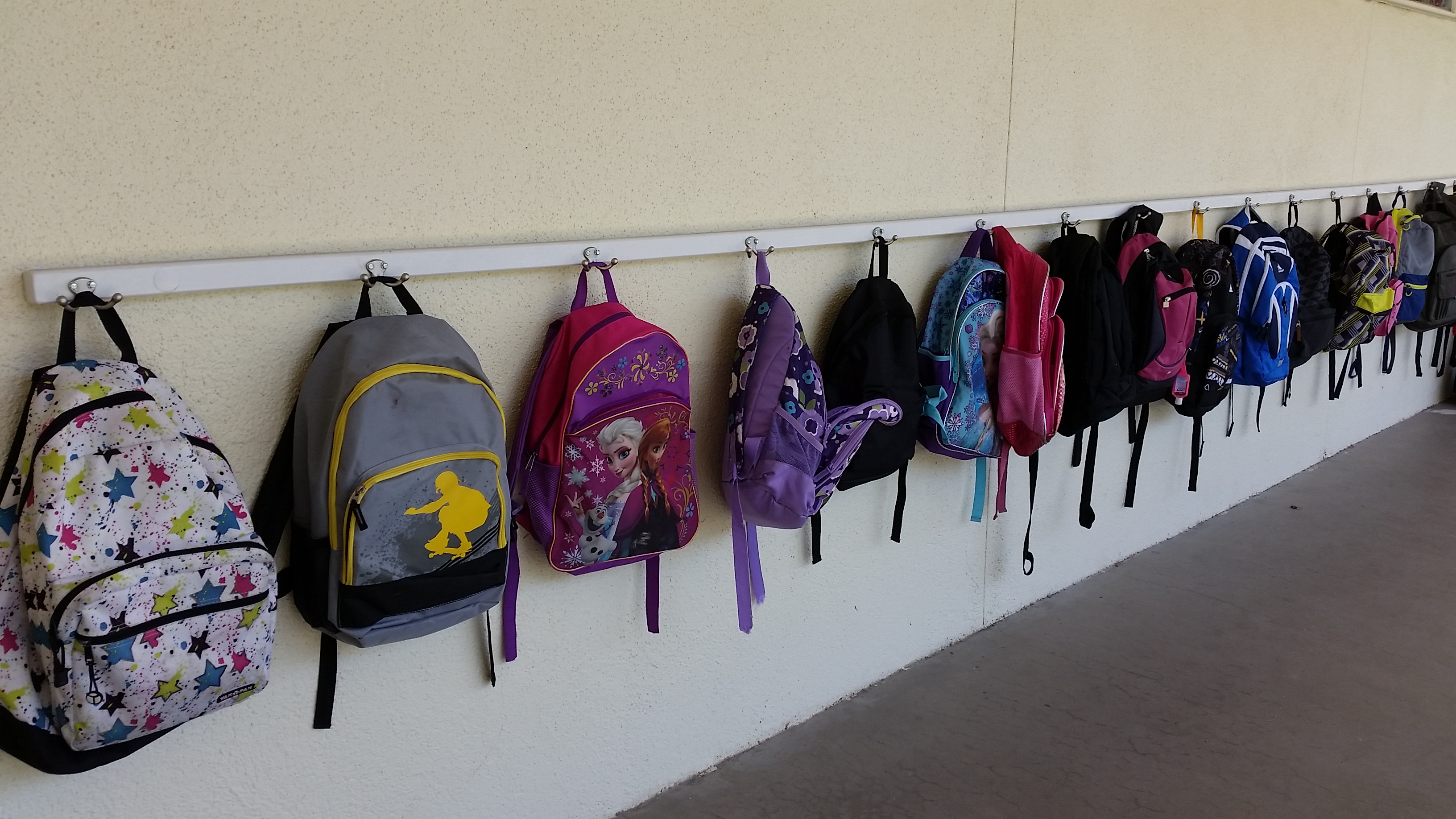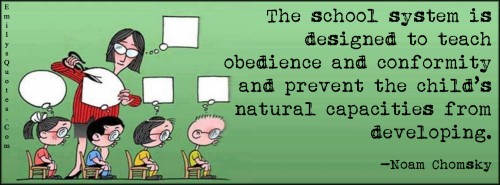None of us live in a bubble. This means that when I become a teacher, I must be prepared for the fact that my pupils will probably have access to the internet, social media and the news; and therefore will be exposed to the terrible and frightening incidents which take place globally.
This week, I came across AN ARTICLE (from the guardian) which talks about the way that primary teachers have broached the subject of the recent Paris attacks with their children. I was interested to find that both had used different approaches and methods, but the key messages and learning were the same.
The first teacher did not necessarily plan to bring the Paris attacks into her learning for the day; however when a child spoke about it, she recognized the opportunity to address some fears and, even more importantly, some misconceptions:
“I asked the children who they thought Isis were and why they had attacked France,” she says. “Sadly some children said they acted in this way because they were Muslims; that Paris was ‘just the start’ and that Isis was planning to poison our food and water.” (The Guardian, 19th Nov 2015)
It is really disturbing to find that children are struggling with such horrible ideas, and if these are not addressed then negative attitudes towards others may continue to grow into prejudice, discrimination and racism.
The article continues to talk about another teacher who wanted to cover the aspects that he felt to be essential, without being specific to the real-life incident. This teacher spent time with his children; learning about the various different religions and discovering what they are about:
Instead, they talked about the origins of children’s names and how many come from Christianity, Judaism and Islam. They then discussed what these religions all represent: love and peace. “We talked about the value of respecting other people and respecting where they are from. We had a really positive discussion,” he says. (The Guardian, 19th Nov 2015)
I think that both of these teachers show integrity and strength by taking it upon themselves to bring the atrocities of the Paris attacks into their teaching in one way or another when it may have been easier to avoid the topic altogether. I know that I would be very nervous about saying something which could offend or upset. Knowing this has made me realize that it is critical that teachers are well informed and mindful of everything that they are telling the children.
Despite being located in England, the lessons of these teachers clearly uphold the principles of the Curriculum for Excellence. One of the four capacities of the curriculum is for children to become Responsible Citizens; involving an understanding and acceptance of the beliefs and cultures of others. The principles and practice section of the Religious and Moral Education section of the curriculum also states that:
Through developing awareness and appreciation of the value of each individual in a diverse society, religious and moral education engenders responsible attitudes to other people. This awareness and appreciation will assist in counteracting prejudice and intolerance as children and young people consider issues such as sectarianism and discrimination more broadly. (Education Scotland)
Overall, I have learned that if I want to be a good teacher, it is important that I can approach and discuss difficult topics. I must be able to consider the impact of my own and my pupil’s attitudes while being aware of the negative portrayal of others through sources such as the media or even sometimes from family. I will strive to create an open and honest classroom culture where children feel safe and able to ask questions and discuss their anxieties, but will also encourage acceptance and respect; reinforcing that everyone is an individual.
Sources:
Education Scotland: Curriculum for Excellence Experiences and Outcomes
Education Scotland: The Purpose of the Curriculum






